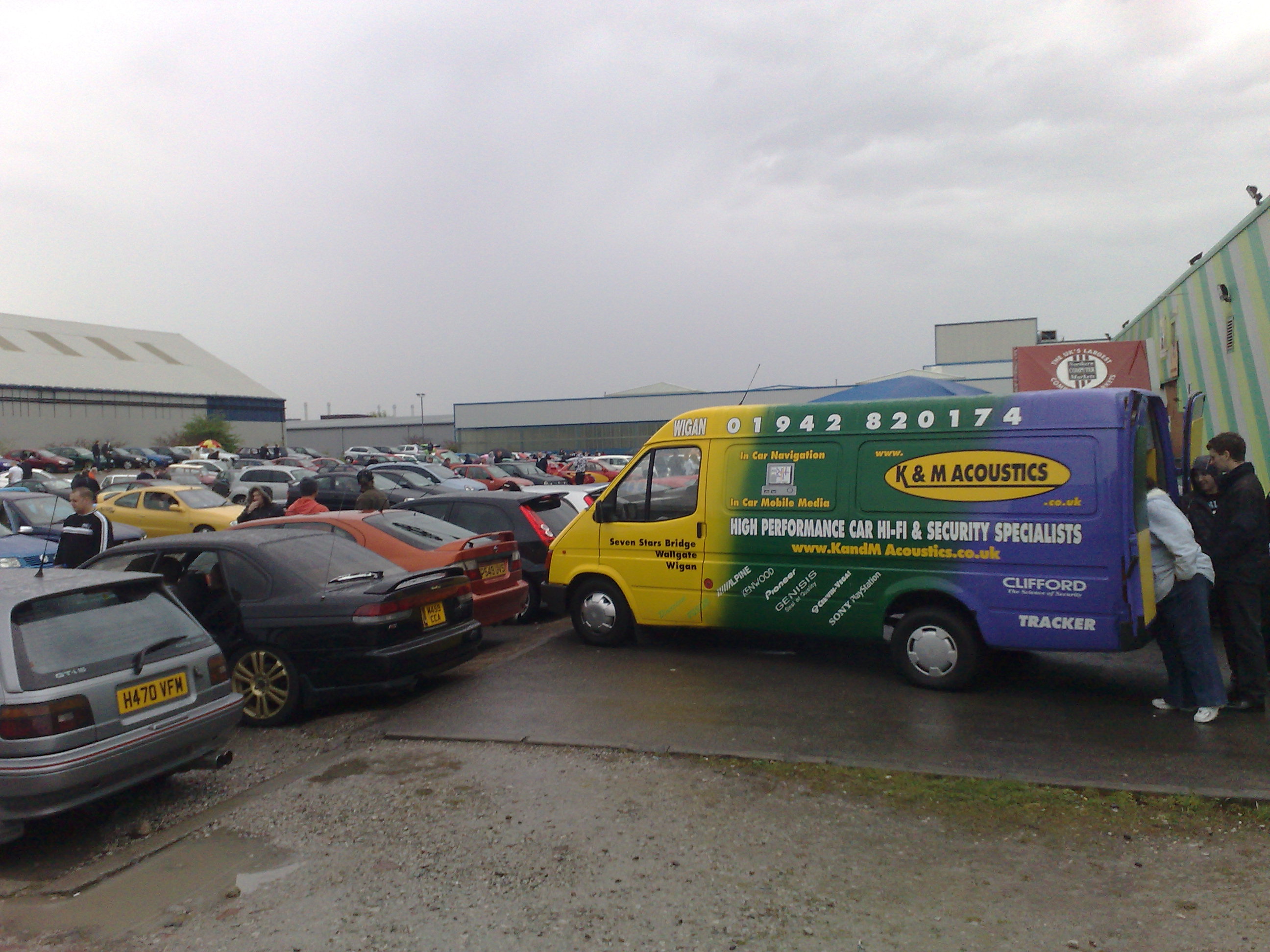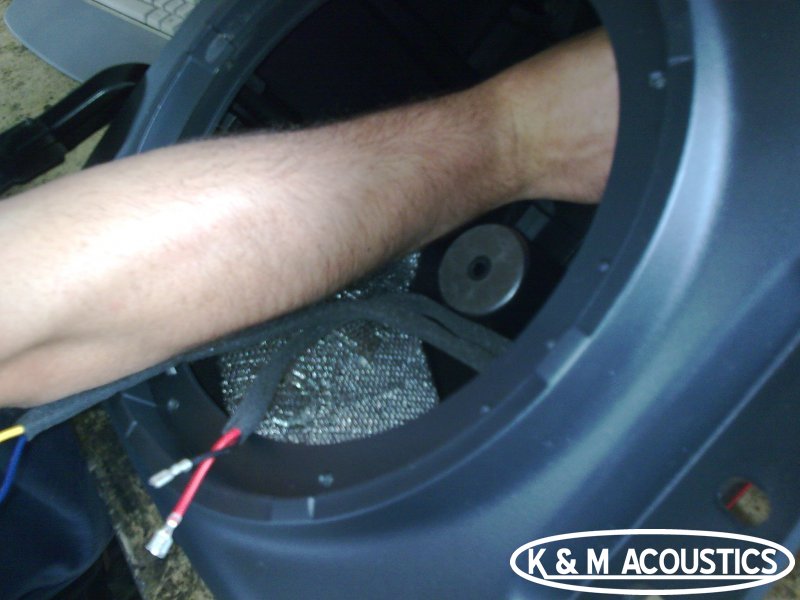High Sound Pressure Level
In the world of high performance car audio systems there is nothing more entertaining and fun than massive amounts of bass pouring out of a vehicle trying to rip the world apart. If the bass plays really deep it is good and if it shakes the ground – it’s awesome!
There are loud hi-fi systems with a couple of subwoofers that sound great – but the big hitters are in a totally different league. How about TWELVE 18” subwoofers or THIRTY 15’s?
It is not just a case of filling your vehicle with equipment, forward planning and design is essential if you want the competitive edge.
Generally there are 2 types of high SPL vehicles; there are the ones that are designed to measure high SPL on competition equipment and the ones that sound really good – known as Street Bass.
In our opinion, it is more important to have good sounding bass which may measure a little less SPL but sound awesome rather than something which measures higher SPL and sounds bad. It’s a bit like a custom drag car, it may be fast in a straight line but it wouldn’t be practical to drive daily as the engine needs rebuilding every few miles and they don’t steer!
If you want a system which could really push the limits of your vehicle to play the most outrageous bass then air volume is everything.
Subwoofers need a certain amount of space to work properly, to a point the bigger the enclosure the deeper and more efficiently it operates (louder and deeper with less power)
Enclosure design is the most important part; using L.E.A.P we can calculate the optimum volume for the subwoofers we are going to use, or simulate results with different subwoofer and enclosure configurations.
It is more important to have the subwoofer in the right box than just putting more subwoofers in. A good example of this is two 15” subs in the wrong box will play less bass than two 12” subs in the optimum box – so less subs or smaller subs can sometimes be better just because of the enclosure being more correct.
We have built cars that have competed in competitions and won with just a pair of 10” subwoofers in ported boxes where their competitors have had two 15” subwoofers and no back seats, made less output and lost.
The environment / vehicle will have an effect on the way the subwoofer plays. Each environment will have a different effect; so the same equipment will sound different and produce different SPL in a lorry as it would in a van as it would in a car or in the middle of a field.
This effect is known as transfer function and understanding how to use this to gain extra “free” bass is a good step in the right direction towards building an efficient sound system.
POWER
This is where many people get it wrong.
“You need to put the power in to get the power out” is K and M Acoustics motto when handling high performance car audio systems.
If you have an amplifier which is really making 1000 Watts, it will need around 160Amps of current at 12volts, a 2000 Watt amplifier will need over 320 Amps and so on.
To supply large amounts of current for any length of time requires either a bigger alternator or extra alternators.
Batteries are a good thing but they are not magic – they need the power to go into them before you can take it out!
Luckily music generally is not a continuous tone so there are loud and quieter bits, reducing the overall current draw considerably.
There are ways of making the power supply more efficient by using 3 stage regulators on the alternator(s) which will ensure the batteries actually get charged rather than float at 60% full. Obviously a 100% charged battery is better than a 60% charged battery!
It is the regulator that controls the charging of the batteries – a 3 stage regulator can be adjusted to suite “gel” type batteries which are good for deep cycle and offer more power storage than normal lead / acid batteries.
If you have a project in mind you would like to discuss, or need help with a box design feel free to give us a call or pop in the shop.











Leave a Reply
You must be logged in to post a comment.